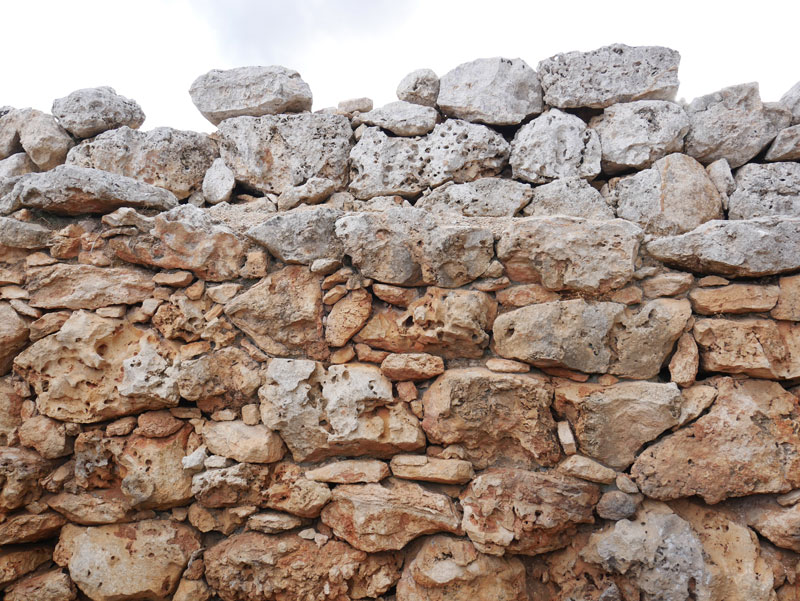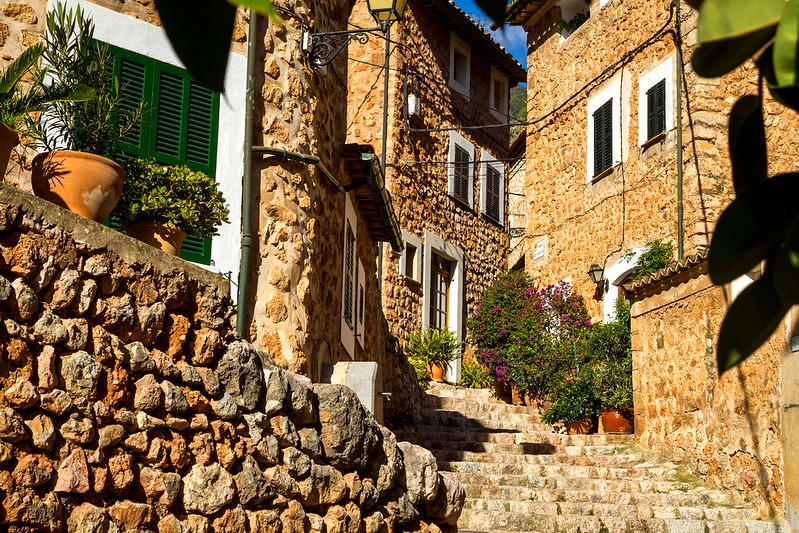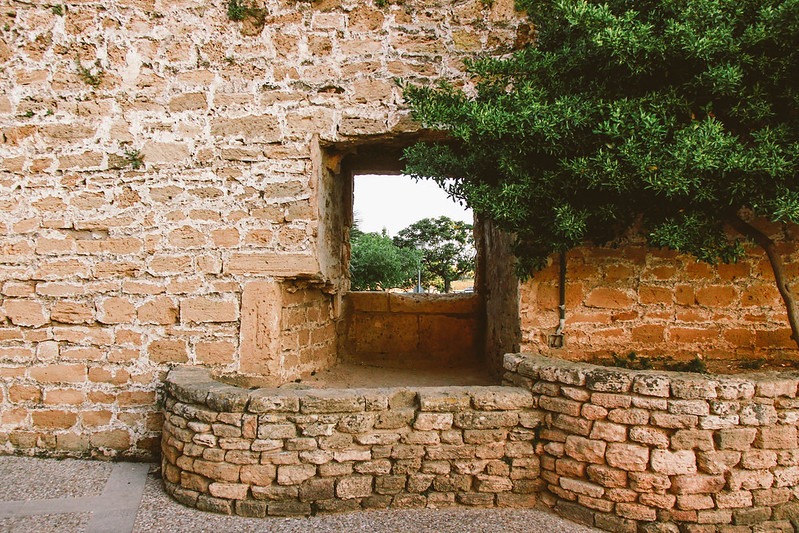Sa Calobra is one of the most impressive landscapes in Mallorca. In the north of the island and after crossing the Sierra de la Tramontana we can enjoy some virgin coves embraced by the rocks of this amazing landscape.
As it is one of the most inaccessible areas of the island, it is also one of the most special and has numerous endemic plants and animals (such as the ferreret toad) as well as some of the wildest coves in Mallorca.
In the municipality of Escorca, Sa Calobra takes its name from a small village in the area.
The road to Sa Calobra is 14 km downhill, with a gradient of 800 m, with stretches of 7% and many 180 degree bends and some 360 degree bends, such as the Nus de Sa Corbata which passes underneath the road. This famous 1932 road is the work of the engineer Antonio Paretti. It was made without large machinery and 30,000 cubic metres of stone were moved.




